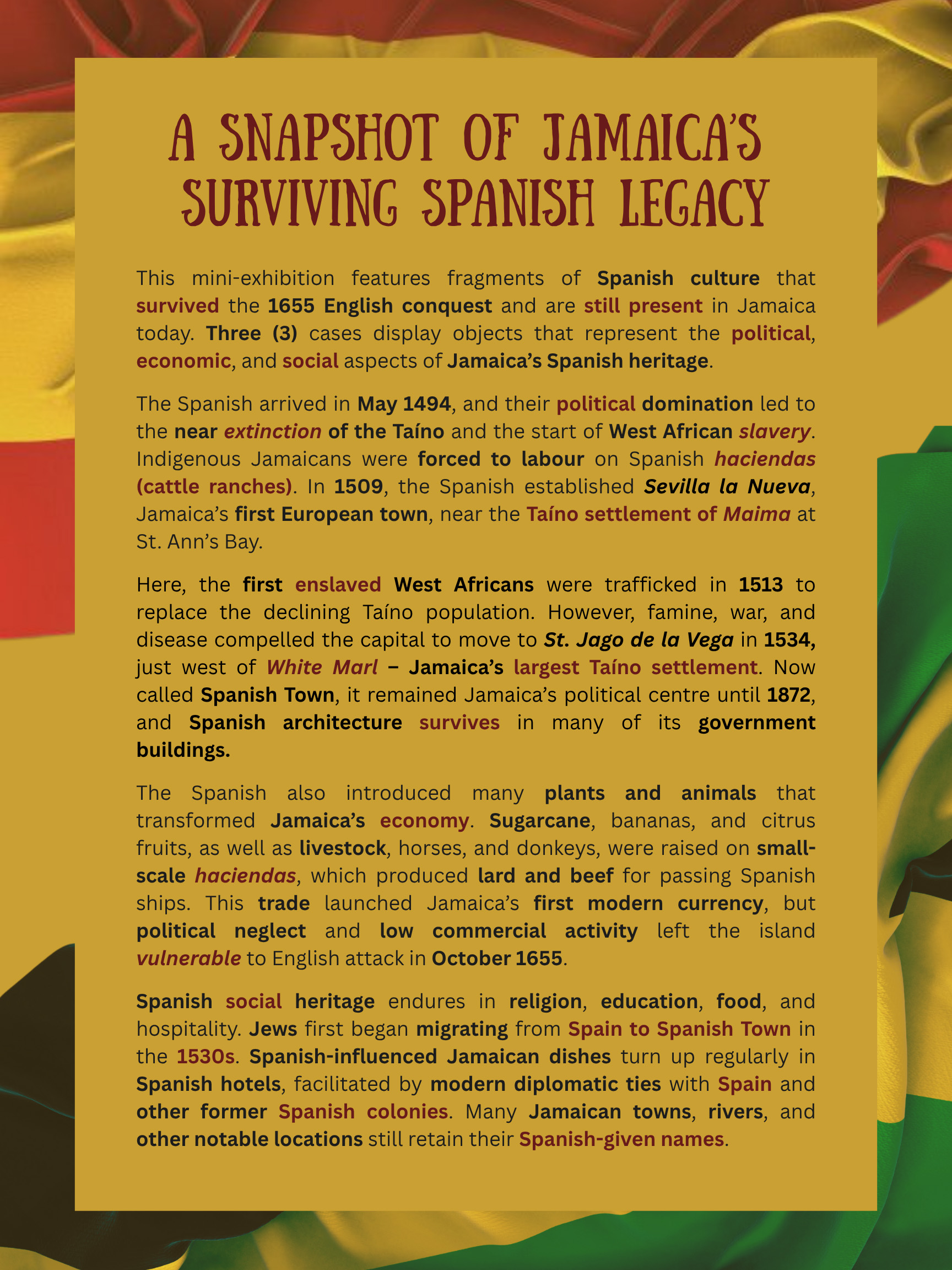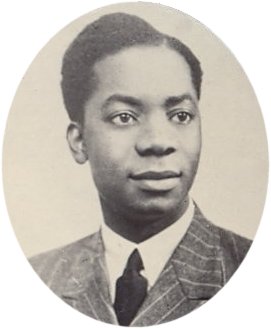Learning
The Education Department is responsible for the development and implementation of all educational programmes that accompany every exhibition. This unit is also responsible for outreach programmes in schools, communities and Organizations Island wide.
exhibitions
Exhibitions are a very important part of the function of National Museum Jamaica, as this is one of the main ways that the museum disseminates information to the public. These exhibitions can be either temporary or permanent, and features a range of subject matter all focused on Jamaica’s history and ethnography.
Collections
The National Collection comprises over 21,000 artefacts dating from the pre-Columbian era of Jamaica’s history up to modern times. Each artefact we collect, store and care for is an invaluable part of the story of the Jamaican people.
Object of the month
Kola Nut Offering Bowl and its connection to Yoruba descendants in Jamaica.
National Museum Jamaica’s African collection features Kola Nut Offering Bowls, acquired from Ambassador Otmaro Silva, Venezuelan Ambassador to Jamaica in 1968. These significant artifacts originate from the Yoruba people of southwestern Nigeria, and parts of Benin and Togo where kola nuts symbolize respect and hospitality. The bowls are used to offer kola nuts to visitors as a gesture of welcome and to ancestral spirits during rituals, highlighting the culture’s deep reverence for tradition and community. The kola nuts are eaten as a means of protecting the living from the dead.
In Western Jamaica, particularly along the Hanover-Westmoreland border, the legacy of Yoruba culture endures. This presence was reinforced in the 1840s with the arrival of African indentured labourers. Communities like Kendal, Pell River, Cauldwell, Dean’s Town, Francis Town, Spragg Hill, Friendship, Grange and Abeokuta in Waterworks, Westmoreland preserve Yoruba heritage, with the latter being named after the Nigerian city of Abeokuta, known for its massive inselberg (rock hill) which was a refuge for the people after they fled the Oyo Empire in the 1830s. The presence of a similar geological feature in Waterworks likely evoked memories of that African homeland for those Yoruba people, thus influencing the adoption of the name.
The Yoruba descendants in Jamaica proudly claim their West African roots, identifying strongly as Africans. Although outsiders refer to them as the Ettu/Etu People, this name actually reflects their ritual ceremonies and dances honoring ancestors. While the traditional Kola Nut Offering Bowl is not a part of their practice, key elements associated with it remain integral to their Ettu plays and cultural heritage.
In Jamaican culture, the kola nut, locally known as “bissy”, plays a vital role in Ettu plays, specifically the Dinner Play and the Forty-Night. The Dinner Play is performed on special occasions such as weddings, anniversaries, birthdays, healings or in response to a special request made by an ancestor, while the Forty-Night ceremony honours the deceased – it is held thirty-nine days after a death and comes to an end on the morning of the 40th day, assisting with the transition to the spirit realm. Both these ceremonies feature a goat sacrifice, approved by the ancestral sprits (oku). Grated bissy and rum are fed to the animal, and rubbed all over its body prior to killing. During the ceremony offerings of grated bissy are also presented to visitors as a symbol of friendship. Instead of the traditional Kola Nut Offering Bowl, a designated “Butler” ensures visitors are refreshed and satisfied, thereby honouring both the living and the ancestral realm.
Plan your visit to the National Museum Jamaica today to learn about more artefacts from the National collection that connect us with our West African cultural heritage.
Reference
Kesia Weise, ‘Cultural Shifting: Cultural Survivals and Changes in the Ettu Community Since 1980’ in Caribbean Quarterly: A Journal of Caribbean Culture, Volume 65 No. 2 June 2019.
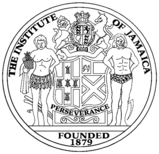
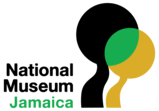
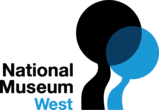
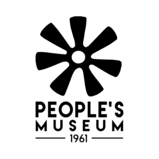
Share, like, Subscribe
Let's Connect
Institute of Jamaica
10 – 16 East Street
Kingston, Jamaica W.I.
Tel: 876-922-0620-6
Email: info@instituteofjamaica.org.jm
National Museum Jamaica
10 East Street
Kingston, Jamaica W.I.
Tel: 876-922-0620-6
Ext: 258
National Museum West
Sam Sharpe Square
Montego Bay, St. James
Jamaica W.I.
Tel: 876-971-3920 or 876-940-6402
People’s Museum
Old King’s House
Emancipation Square
Spanish Town, St. Catherine
Jamaica W.I
Tel: 876-672-7227
Mobile: 876-277-3239

